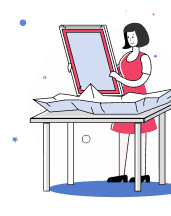- Realism in Portraiture
- How to Prepare for Painting a Portrait?
- 1.Start with a strong reference image
- 2.Decide how you'll transfer the image
- 3.Create an underpainting
- 4.Set up your palette before painting
- 1.
- Essential Elements of Art in Portraits
- 5.Form
- 6.Line
- 7.Shape
- 8.Color
- 9.Texture
- 10.Space
- 11.Value
- 5.
- Step-by-Step Painting Process
- 12.Block In Large Areas First
- 13.Paint Facial Features
- 14.Work with Brush Strokes
- 12.
- Tips for Realistic Results
- Common Mistakes to Avoid
- Exercises to Improve Your Skills
- 15.Value Mapping
- 16.Color Mixing Practice
- 17.Quick Sketches of Faces
- 18.Texture Studies
- 19.Lighting Studies
- 20.Expression Practice
- 21.Master Copy Studies
- 15.
Getting the skin tone right is harder than most beginners expect. So is painting realistic eyes, natural hair, or even a simple smile. Many portrait paintings look flat or unnatural not because of a lack of talent, but because of missing technique. Things like starting with the wrong tones, using black in the wrong places, or overblending details can break the realism.
One of the most effective techniques is working from dark to light. Start with the darkest values to define the structure of the face. Then move into midtones and finish with the highlights. This layering builds depth and helps you avoid the “flat” look that happens when light colors are applied too early. It also gives you more control over the form and lighting.
Realism in Portraiture

Realism means painting what you actually see, not what you think should be there. It’s about observing the shapes, colors, and values in front of you and copying them accurately onto your canvas. That includes every shadow, shift in tone, and small asymmetry.
Realistic portraits depend more on structure and proportion than tiny details. If the major forms are correct, the likeness will come through, even with loose brushwork. If the proportions are off, no amount of detail will fix it.
Realism doesn’t mean perfection or photorealism. It means the painting feels believable. The goal is to capture the subject in a way that looks natural, with accurate lighting, shape, and depth.
The key is observation. Spend more time looking than painting. Train your eye to notice differences in color temperature, value, and edge softness. These small things create the realism most beginners miss.
How to Prepare for Painting a Portrait?
Good portraits start with careful preparation. This includes choosing the right reference, planning your layout, and setting up a base layer before you begin painting.
Start with a strong reference image
If you're working from a photo, pick one with clear lighting and visible facial structure. Avoid photos with heavy filters or flat lighting. A good photo will have strong shadows and highlights that help define the face.
Decide how you'll transfer the image
You can draw freehand, use the grid method, or project the image onto the canvas. If you use pencil, avoid regular graphite. It can bleed through oil paint. Red or brown colored pencils work better. Some artists also fix their sketch with a thin layer of shellac or clear acrylic medium.
Create an underpainting
This helps you map out the values before adding full color. A common method is to paint a thin layer of raw sienna or burnt umber to block in shadows and forms. This keeps the structure clear and gives you something to fall back on if you get lost later.
Set up your palette before painting
Mix your base skin tones and test them on a strip before touching the canvas. This saves time and helps you avoid mistakes while painting.
Planning these steps carefully makes the rest of the painting process much easier. It also helps you avoid common problems like wrong proportions or muddy colors.
Essential Elements of Art in Portraits
Every realistic portrait relies on a few basic building blocks. These are known as the elements of art. They include things like line, shape, color, value, and texture. Learning how each one works will help you paint faces that look more natural and three-dimensional. You don’t need to master them all at once, but understanding their role will make a big difference in how your portraits turn out.
“I would like my picture to look as if a human being had passed between them, like a snail, leaving a trail of the human presence and memory of the past events as a snail leaves its slime.” - Francis Bacon.
Form

Form is what makes a face look three-dimensional. It’s the structure beneath the surface. In portraits, this means understanding how features like the nose, eyes, and mouth sit on the skull and how light moves across them.
To get form right, think in basic shapes. The eye is not flat, it’s a sphere. The nose can be seen as a pyramid. The forehead and cheekbones are planes with angles. Breaking the face into simple forms helps you place features correctly and shade them more realistically.
Using form also means thinking about proportions. For example, the space between the eyes is usually about the width of one eye. These kinds of rules give you a starting point, but real faces always have some variation, so keep checking your reference closely.
When form is accurate, your portrait will look solid and lifelike, even without much detail.
Line

Line helps you build the structure of the face. It shows where one form ends and another begins. In the early stages, lines are useful for laying out proportions, features, and contours.
Start with simple lines to mark key areas like the eyes, nose, and mouth. These lines help guide your painting, even if they won’t be visible in the final piece. Avoid outlining everything heavily. Real faces don’t have hard edges everywhere. Instead, use lines to suggest direction, flow, and separation between forms.
As you paint, some lines will blend into shadows or edges. Others can stay slightly visible to add strength or movement. The goal is to use line as a guide, not as a crutch. Keep your strokes confident and clean.
Shape

Shape is the flat outline of a form. It’s how something appears in two dimensions before you add depth or shading. Getting the shapes right is key to getting a good likeness.
When drawing or painting a face, look for basic shapes first. The head might be an oval. The eye could be a tilted almond. The nose and mouth can be blocked in with triangles or rectangles. Once the basic shapes are in place, you can refine them and start adding volume.
Thinking in shapes helps you avoid getting lost in details too early. It also helps when you're trying to compare sizes and distances between features. If your shapes are off, the whole portrait will feel wrong, even if your shading is good.
Color

Color adds life to a portrait. But it’s easy to get wrong, especially with skin tones. Many beginners use too much pink, orange, or brown. Realistic skin has a mix of warm and cool tones, and it changes depending on light and shadow.
Start by observing the lighting in your reference. A face in sunlight will have warm highlights and cooler shadows. A face lit by a cool light might have blue or greenish tones in the highlights. Pay attention to these shifts.
Use a limited palette to stay in control. A good starting set includes ultramarine blue, burnt umber, cadmium red, yellow ochre, and titanium white. Mix small amounts until you match the tones you see. Don’t rely on pre-mixed “flesh tones” from a tube, they often look fake.
Color is also affected by the surroundings. If someone is near a red wall or wearing a blue shirt, those colors might reflect onto the skin. Look closely and paint what you actually see, not what you think skin should look like.
"In general, if a subject is being lit with a cool light source, the shadows will be a warmer temperature. The opposite is also true, so if the light is warm, the shadows will usually be cooler." - Zara Alfonso.
Texture

Texture shows the surface quality of what you're painting. In portraits, this can mean smooth skin, coarse hair, soft fabric, or aged wrinkles. Texture makes a portrait feel more real, even if you're not painting every detail.
You don’t need to copy every pore or hair. Instead, suggest texture through your brushstrokes, values, and color shifts. For example, a soft area like a cheek might need smooth blending. A rough beard or curly hair might need visible, directional strokes.
Pay attention to how light interacts with the surface. Oily skin reflects light differently than dry skin. Shiny fabrics, soft knits, and hard glasses all have their own texture. Use this to your advantage to make each part of the portrait feel believable.
Space

Space is about placement and depth. It’s what makes your subject feel like it exists in a real environment, not just stuck on the canvas. You work with both positive space (the subject) and negative space (the area around them).
Start by thinking about composition. Is your subject centered? Off to one side? Are they close up or surrounded by background? These choices affect the mood and focus of your painting.
Also pay attention to perspective and proportion. Features closer to the viewer will appear larger. Overlapping shapes create depth. If everything is the same size and spacing, the painting will feel flat.
Use contrast and edge softness to control space. Sharper edges bring things forward. Softer edges push them back. A good sense of space makes your portrait feel natural and grounded.
Value

Value means how light or dark something is. It’s one of the most important tools in portrait painting. Good value creates depth, form, and focus. Without it, even the best drawing or color choices can fall flat.
Start by identifying the darkest shadows and the lightest highlights. Everything else falls in between. Work from dark to light. This helps you build up the form gradually and control the contrast.
Pay close attention to value shifts on the face. Light doesn't hit every part the same. For example, the forehead and cheekbones might catch more light, while areas like under the nose or chin stay darker. These differences give the face structure.
Value also controls where the viewer looks. High contrast draws attention. If you want the focus on the eyes, make sure the lightest or darkest values are near them. Keeping your values accurate will do more for realism than any fine detail or color choice.
Step-by-Step Painting Process
Once your sketch and materials are ready, the actual painting begins. The order you work in matters. Starting with the wrong areas or jumping into detail too soon can make the painting harder to control. This step-by-step process helps you build the portrait in layers, from simple to complex, so you keep the structure strong and avoid overworking the surface.

Block In Large Areas First
Begin by painting the largest shapes, background, hair, and main facial areas. Focus on getting the right color and value, not details.
Use large brushes and thin paint to stay loose. This lets you spot mistakes early and adjust easily. Keep edges soft, especially where hair meets skin, to avoid a stiff look.
This step builds the foundation. If the big shapes and values look right from a distance, you're on track. Add detail only after the structure feels solid.
Paint Facial Features
Start with the eyes. Use soft shadows and avoid pure white in the sclera. Add small shifts in value and color to make them look real. The eyes are often the focal point, so take your time.
Next, paint the mouth in simple shapes. Don’t outline the lips or paint each tooth. Suggest form with value and soft edges. For shadows around the mouth, avoid using black. Use mixes like crimson and raw umber instead.
Paint the nostrils the same way, no black or harsh outlines. Use warm, dark tones that blend into the surrounding skin. Each feature should connect smoothly to the rest of the face. Keep checking your reference and build up layers gradually.
Work with Brush Strokes
Avoid overblending. It can make the portrait look flat and lifeless. Instead, use clear, intentional brush strokes to build form and texture.
Each stroke should follow the shape of the face. For example, curve your strokes around the cheek or jaw to show volume. Use thicker paint where you want more emphasis and thinner paint in passive areas.
Focus on connecting areas with value and color, not blending everything smooth. This keeps the painting fresh and more lifelike. Let your strokes do the work of describing the form.
Tips for Realistic Results
Step back often
Looking at your painting from a distance helps you spot issues with proportion, value, and overall balance.
Use a mirror
Viewing the painting in reverse makes mistakes more obvious.
Take breaks
After a while, your eyes adjust and you stop seeing what's wrong. Short breaks help you reset.
Avoid black for shadows
Mix deep colors like ultramarine, burnt umber, or crimson for a more natural look.
Don’t chase detail too early
Focus on structure and values first. Details should come last.
Simplify when needed
You don’t have to paint every eyelash or wrinkle. Suggest the form with clean strokes.
Control your edges
Hard edges draw attention. Soft edges help things sit back. Use this to guide the viewer's eye.
Paint what you see, not what you think is there
Observation is more important than memory or assumptions.
These habits improve accuracy and give your portrait a more natural, believable feel.
Common Mistakes to Avoid

Overblending everything
This flattens the painting and removes structure. Use soft and hard edges where needed, not everywhere.
Using black for shadows
Pure black can look unnatural, especially in skin. Use deep color mixes instead.
Adding details too soon
Focus on big shapes and values first. Details only work when the structure is solid.
Ignoring proportions
A small mistake in placement can throw off the whole likeness. Keep checking your sketch and reference.
Painting outlines
Real faces don’t have visible outlines. Use changes in value and color to define forms.
Using the same skin tone everywhere
Skin has cool and warm areas, and it shifts based on lighting and surroundings.
Making every edge sharp
If everything is in focus, nothing stands out. Use soft edges to push areas back.
Avoiding these mistakes helps your portrait look more lifelike and intentional.
Exercises to Improve Your Skills
Value Mapping
Choose a photo and mark the lightest lights, darkest shadows, and midtones. This trains your eye to see contrast more clearly.
Color Mixing Practice
Print a reference photo and try to match skin tones by mixing paints. Focus on subtle differences in warm and cool tones.
Quick Sketches of Faces
Draw fast portraits from photos or life using basic shapes. This helps with proportion and speed.
Texture Studies
Pick three materials, like skin, fabric, and hair, and paint small studies of each. Pay attention to how light interacts with each surface.
Lighting Studies
Paint the same face under different lighting conditions. Try warm vs. cool light, or strong side light vs. soft front light.
Expression Practice
Paint a range of facial expressions. Notice how muscles shift and how light changes with movement.
Master Copy Studies
Choose a portrait by a skilled artist. Try to replicate it while focusing on how they used shape, value, and color.
Conclusion
Realistic portrait painting takes practice, patience, and close observation. Even with solid technique, it’s normal for your painting to look slightly off at times. One helpful trick is to take a photo of your portrait. Seeing it on a screen changes how you perceive it, and mistakes often become more obvious.
You can also flip the image horizontally or view it in a mirror for the same reason, it helps you look at your work with fresh eyes. These small habits can save hours of frustration and make corrections easier.
Keep practicing, keep refining, and most importantly, train yourself to see better. The more you learn to observe shapes, values, and colors accurately, the more realistic your portraits will become.
If you need inspiration, scroll through our professional artists' custom portraits!
Frequently Asked Questions
What do you paint first in a portrait?
Start with the largest shapes and darkest values. Begin with the background, hair, and general face structure before adding facial features or details. This helps establish proportions and lighting early on.
How do you master a portrait painting?
To master portrait painting, focus on observing accurately, understanding facial structure, and practicing value and color control. Consistent practice, studying from life, and analyzing great portraits will improve your results over time.
What are the elements of portrait art?
The key elements of portrait art include line, shape, color, form, value, space, and texture. These elements help define structure, lighting, expression, and realism in a portrait.
What makes a successful portrait painting?
A successful portrait captures both likeness and character. Strong proportions, accurate values, clean edges, and expressive brushwork all contribute to a realistic and compelling result.
Do you start with dark or light colors when painting a portrait?
It’s best to start with dark colors and gradually build up to midtones and highlights. This approach helps create depth and structure before adding finer details.
George, CEO of Photo2painting, is a passionate art lover and entrepreneur. He founded Photo2painting.com from scratch, inspired by his artist friends. As the company's CMO, he manages content and marketing.
Excellent Customer Reviews

















































































































































